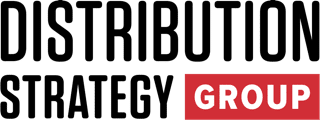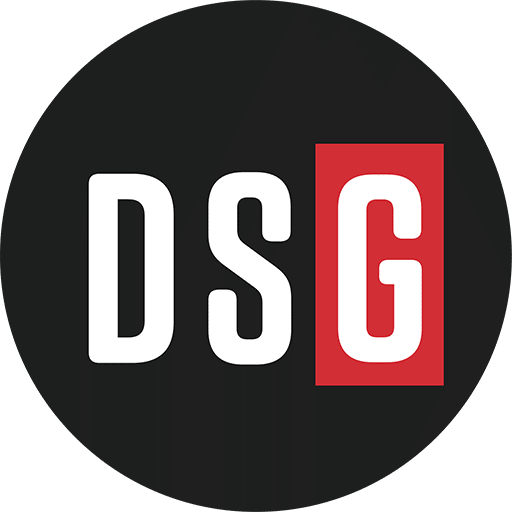U.S. manufacturer optimism has fallen sharply in the second quarter, raising red flags for distributors as economic uncertainty deepens across the industrial landscape.
Just 55.4% of manufacturers reported a positive outlook in the National Association of Manufacturers’ (NAM) Q2 2025 Manufacturers’ Outlook Survey steep drop from 69.7% in the first quarter and the lowest level since late 2022. The survey, conducted between May 8 and May 27, paints a concerning picture of a sector bracing for weaker demand, rising costs, and policy-related uncertainty.
“This kind of sentiment decline is rarely isolated,” said Rachel Dupont, an analyst at Industrial Channel Partners. “Distributors should prepare for ripple effects: slower order volumes, tighter budgets from customers, and mounting pricing pressure.”
Manufacturers identified a familiar set of challenges: tariffs, higher input costs, and political uncertainty. More than three-quarters (77%) cited trade tensions and tariff impacts as their top concern, with 89% saying recent tariffs have increased costs—on average, by 7.7%.
That’s translating into concrete business decisions:
- 79.7% report higher input costs
- 57.4% foresee slower growth.
- 36.4% have delayed or canceled capital investments.
- 33.7% have implemented hiring freezes or cutbacks.
For distributors, these trends signal fewer equipment upgrades, delayed facility expansions, and more cautious procurement cycles from customers trying to preserve cash.
The survey also showed broad pullbacks in growth expectations:
- Sales growth: 1.3% (down from 3.4%)
- Production growth: 1.4% (down from 3.3%)
- Capital spending: 0.3% (down from 1.2%)
- Exports: –0.6% (first negative outlook since mid-2020)
- Inventory levels: expected to fall 0.7% over the next year.
These weakening indicators closely track with distributor order pipelines, which often move in sync with customer sales and production plans.
“Distributors in manufacturing-heavy sectors—especially those tied to exports or capital-intensive projects—are likely to feel the slowdown first,” said Mike Corso, managing director at SupplyChainOne Advisors. “Manufacturers are getting more selective with spend, and that will hit the supply chain downstream.”
Beyond trade policy, manufacturers voiced strong concern over potential tax increases. Over 85% of survey respondents said it was “critical” for Congress to avoid raising taxes on manufacturers. Most oppose eliminating key deductions or increasing corporate and pass-through rates—moves they say would further delay investment.
“Until there’s more clarity on both trade and tax policy, many manufacturers are going to sit tight,” Corso said. “That means fewer purchase orders making their way to distributors.”
One area of optimism: digital transformation. 85% of manufacturers said they plan to prioritize digital investments in the year ahead—an opportunity for forward-leaning distributors offering services like e-commerce integration, data analytics, and digital procurement platforms.
What it means for distributors:
- Expect lower order volumes and longer sales cycles.
- Prepare for tighter budgets and more competitive pricing.
- Offer digital tools and value-added services to stay relevant.
- Monitor capital-heavy and export-driven sectors for early signs of contraction.
As manufacturing sentiment cools, distributors may be entering a more cautious and cost-conscious climate. And unless policy uncertainty lifts, the slowdown could linger well into the second half of 2025, according to analysts.
Don’t miss any content from Distribution Strategy Group. Join our list.


